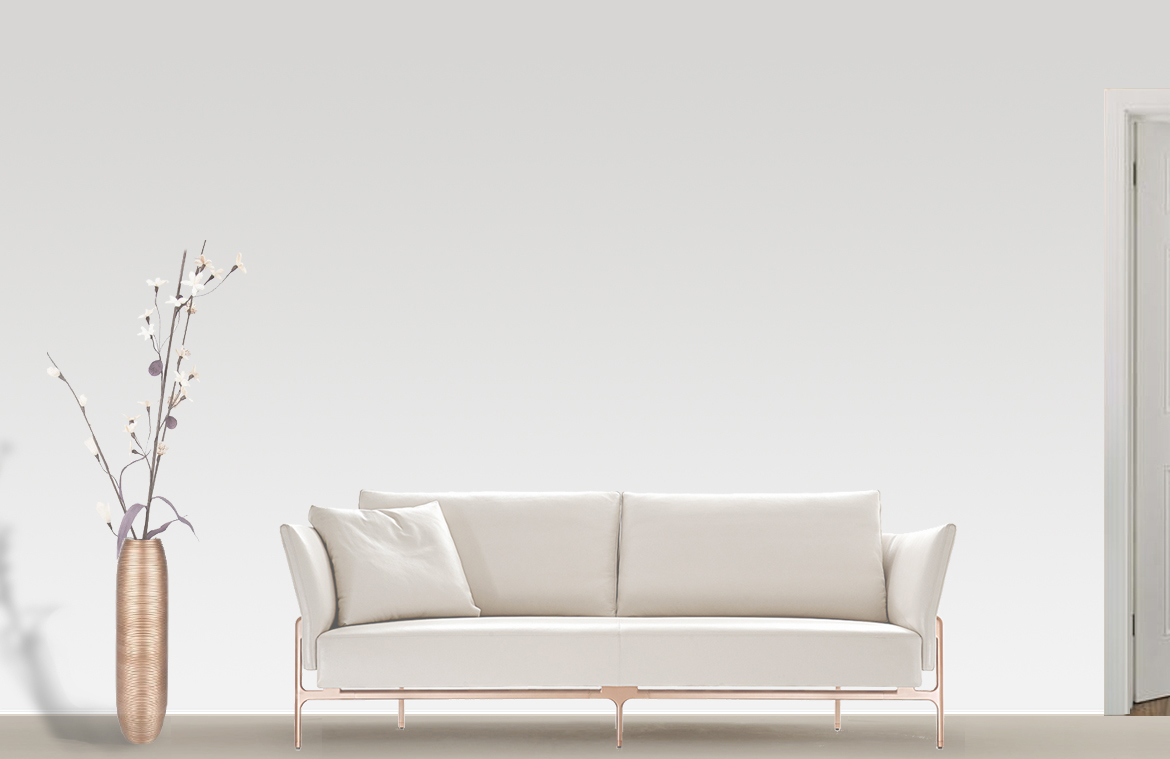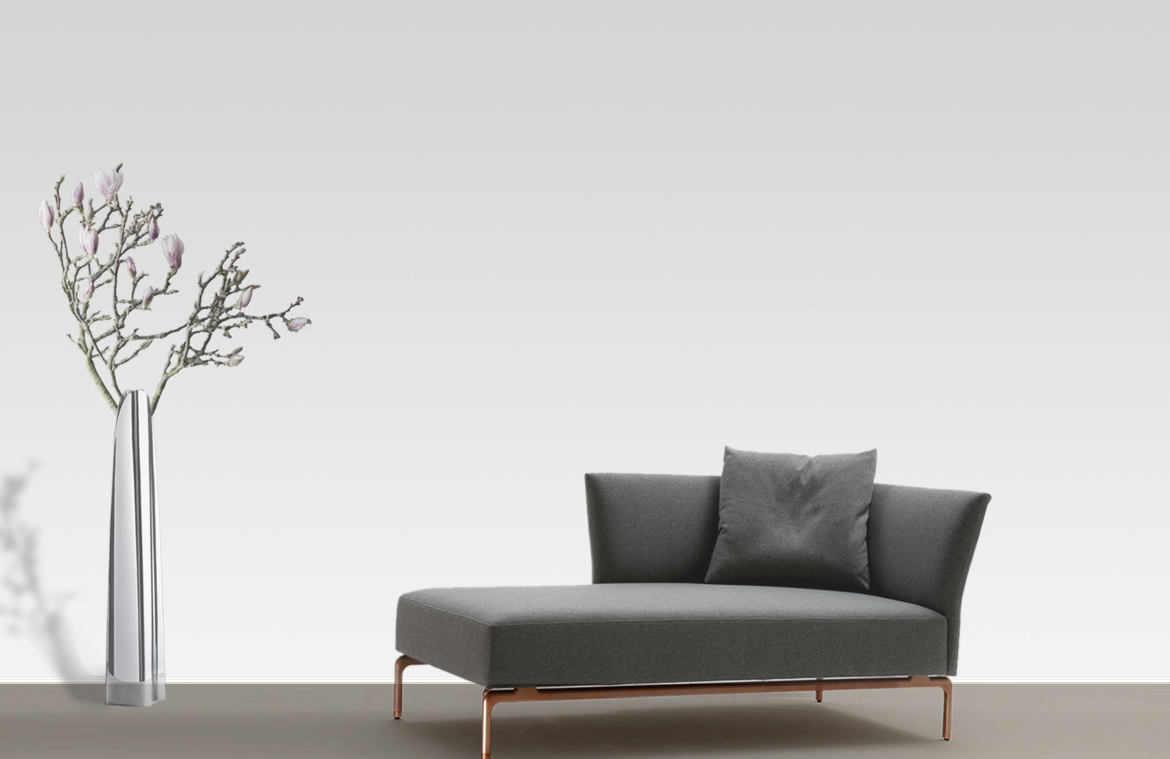-
Unframed

Black
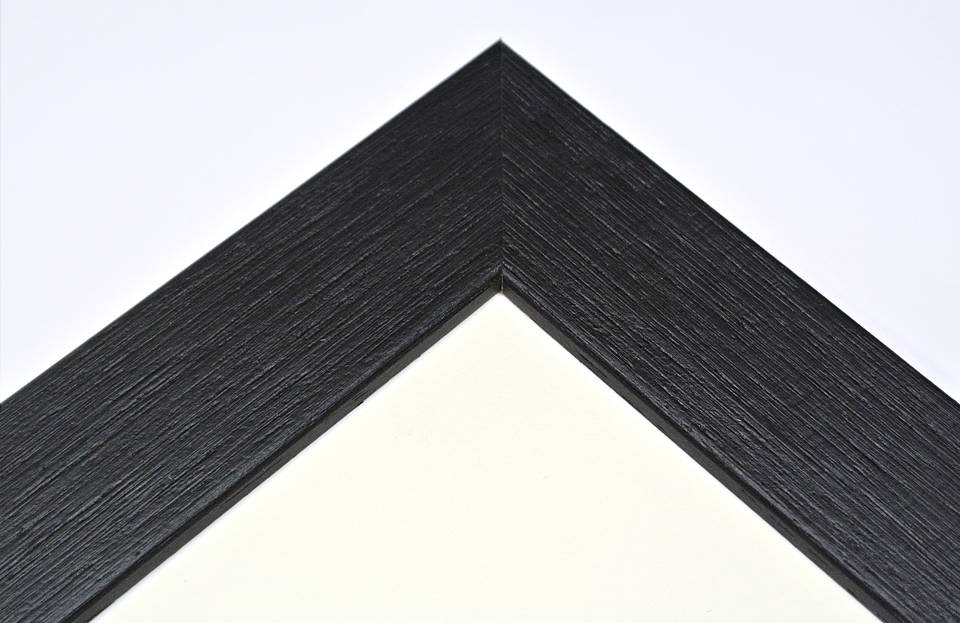 Information
Information
White
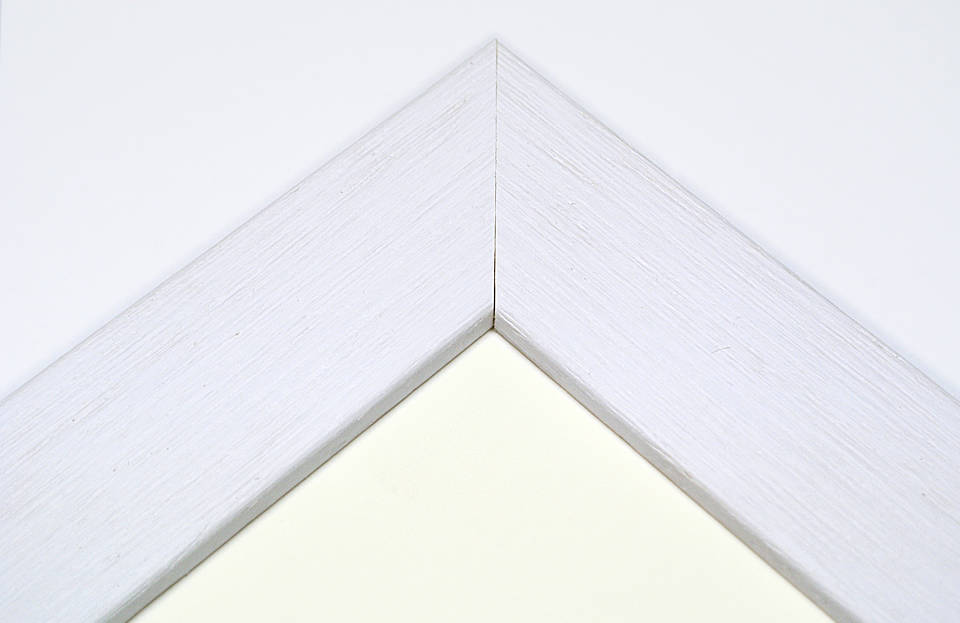 Information
Information
Wood (oak)
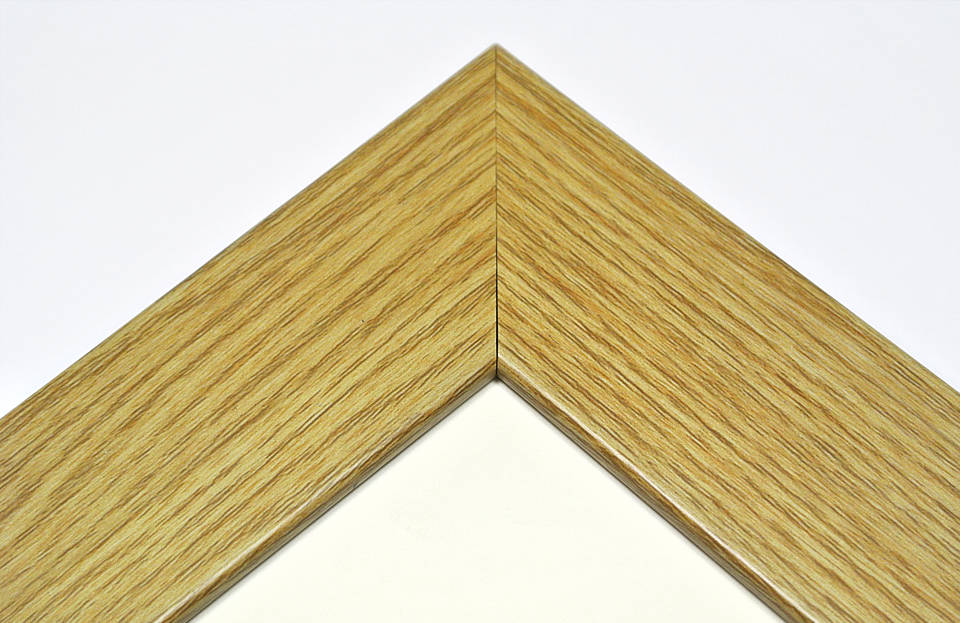 Information
Information
Shen Jing Dong , Navy and Donald Duck, Pop Art
£940.00
Availability: In stock
The icon that Shen Jingdong’s “hero” series created, is an image of the soldiers without any personal identity. This image is hardly to tell who the specific soldier is. His facial features are vague, and in fact he is a man in common sense. The clothing and attitude in-which he stands, his identity and individuality are replaced by a common ideology.
The image of the soldier which was named hero is out of refinement. They are created into four kinds of people, which are the red, the yellow, the bald and the soldiers with hat. The yellow soldiers possess a hue of humanity, and the red soldiers stand for the solemn atmosphere of revolution. Their bodies are not only dressed in the uniform dress, but also have a fixed correct upright posture. This kind of image comes from his experience in the army. Almost every soldier with an “out of the box”personality will be uniformed in the end after joining the army.
The following painting depicts a marine soldier in his uniform, with a Donald Duck holding his hands on the soldier’s ear. The artist enjoys mixing serious subjects with humour. It is for him, a way for his message to go through more easily.
Available Options:
Dimensions: 570X770 mm
Style: Pop Art, Signed by the Artist
Medium of works: Screen Printing, Limited edition of 76
Every purchase supports the artist
* The furniture in the picture is provided by MAXMARCO.
Delivery & Return for Print
Delivery charges are calculated depending on the weight (kg), size and destination of the order. The order total is displayed on the payment page.
UK Standard Delivery: 15.95 GBP
This price is inclusive of VAT.
Every purchase supports the Artist.
Estimated Delivery times:
UK : 5 - 15 working days.
Returns?
Unfortunately we cannot offer a refund on Custom prints – as these are made to order. Please contact Customer Services directly on info@jegallery.co.uk or 020 76248 543.
Related Products
-
 Quick ViewQuick ViewProduct added! Browse WishlistThe product is already in the wishlist! Browse Wishlist
Quick ViewQuick ViewProduct added! Browse WishlistThe product is already in the wishlist! Browse WishlistZekun Chen,Lie Detector 4, 2015
£380.00 – £480.00Availability: In stockOut of stock
Artist Chen was born in June 1970 in Jingzhou, Hubei province, China. He began creating environmental and ecological themed paintings during his early career in Shenzhen.
He returns to his home town of Jingzhou, Hubei province each year and is saddened to discover increasingly depleted and polluted rivers. He recalls in his childhood that people would draw water directly from the rivers to drink. His painting “Lost” was selected as a poster for the United Nations Environment Programme. Artist Chen continues to explore environmental themes in his painting and sculpture.
China has an old saying, “physiognomy from the heart” meaning that an individual’s appearance will be affected by their inner world. Artist Chen’s “Lie Detector” series of oil paintings depicts various facial expressions with golden backgrounds to explore his “physiognomy from the heart” concept.
-
 Quick ViewQuick ViewProduct added! Browse WishlistThe product is already in the wishlist! Browse Wishlist
Quick ViewQuick ViewProduct added! Browse WishlistThe product is already in the wishlist! Browse WishlistZhouzhou Zhou, Natural-Tree 1, 2015
£260.00 – £330.00Availability: In stockOut of stock
Zhou Zhouzhou, China’s renowned contemporary artist was born in Hebei Province and graduated from China Central Academy of Arts and Design. During his years of work in Beijing, Zhou focused on the academic study of the contemporary Chinese ink and wash painting and became one of the leading figures in this field because of his bold attempts to innovate traditional painting techniques and his creative efforts to combine Chinese painting theories with western art theories. With his works collected by many arts organisations both at home and abroad, Zhou is one of the most sought-after artists in China. In 2014, his work “China’s Lover” was selected and exhibited at that year’s National Fine Arts Exhibition.
-
 Quick ViewQuick ViewProduct added! Browse WishlistThe product is already in the wishlist! Browse Wishlist
Quick ViewQuick ViewProduct added! Browse WishlistThe product is already in the wishlist! Browse WishlistZhouzhou Zhou, Natural-Tree 2, 2015
£260.00 – £330.00Availability: In stockOut of stock
Zhou Zhouzhou, China’s renowned contemporary artist was born in Hebei Province and graduated from China Central Academy of Arts and Design. During his years of work in Beijing, Zhou focused on the academic study of the contemporary Chinese ink and wash painting and became one of the leading figures in this field because of his bold attempts to innovate traditional painting techniques and his creative efforts to combine Chinese painting theories with western art theories. With his works collected by many arts organisations both at home and abroad, Zhou is one of the most sought-after artists in China. In 2014, his work “China’s Lover” was selected and exhibited at that year’s National Fine Arts Exhibition.
-
 Quick ViewQuick ViewProduct added! Browse WishlistThe product is already in the wishlist! Browse Wishlist
Quick ViewQuick ViewProduct added! Browse WishlistThe product is already in the wishlist! Browse WishlistLong Lin, A Way Out 1, 2015
£260.00 – £330.00Availability: In stockOut of stock
Artist Long Lin is born in 1991 in Fuzhou, Fujian Province, China. In 2014 she created a series of works with sunflowers. Her source of inspiration was a giant sunflower which she encountered whilst walking in the botanical garden of the local university. Artist Lin was initially scared by the encounter as she feared that it might swallow her whole in a split second.
“The sunflower is like me, I often doubt myself, but I won’t give up. Every time I reflect myself through my artwork, my painting is the record, it records the conversation I had with myself. I do not need to look in the mirror to see my expression, but when I look at my art, it expresses how I felt at that time”.
-
 Quick ViewQuick ViewProduct added! Browse WishlistThe product is already in the wishlist! Browse Wishlist
Quick ViewQuick ViewProduct added! Browse WishlistThe product is already in the wishlist! Browse WishlistUtagawa Kuniyoshi, Saito Oniwakamaru, Japanese Print
£50.00 – £90.00Availability: In stockOut of stock
Utagawa Kuniyoshi (1797-1861) was one of the last great masters of the Japanese ukiyo-e style of woodblock prints and paintings. The range of Kuniyoshi’s subjects included landscapes, beautiful women, Kabuki actors, cats, and mythical animals. He is known for depictions of the battles of legendary samurai heroes. His artwork incorporates aspects of Western representation in landscape painting and caricature.
-
 Quick ViewQuick ViewProduct added! Browse WishlistThe product is already in the wishlist! Browse Wishlist
Quick ViewQuick ViewProduct added! Browse WishlistThe product is already in the wishlist! Browse WishlistZekun Chen,Lie Detector 5, 2015
£380.00 – £480.00Availability: In stockOut of stock
Artist Chen was born in June 1970 in Jingzhou, Hubei province, China. He began creating environmental and ecological themed paintings during his early career in Shenzhen.
He returns to his home town of Jingzhou, Hubei province each year and is saddened to discover increasingly depleted and polluted rivers. He recalls in his childhood that people would draw water directly from the rivers to drink. His painting “Lost” was selected as a poster for the United Nations Environment Programme. Artist Chen continues to explore environmental themes in his painting and sculpture.
China has an old saying, “physiognomy from the heart” meaning that an individual’s appearance will be affected by their inner world. Artist Chen’s “Lie Detector” series of oil paintings depicts various facial expressions with golden backgrounds to explore his “physiognomy from the heart” concept.
-
 Quick ViewQuick ViewProduct added! Browse WishlistThe product is already in the wishlist! Browse Wishlist
Quick ViewQuick ViewProduct added! Browse WishlistThe product is already in the wishlist! Browse WishlistYongshen Xie, Theatre 01- Butterfly Dream
£260.00 – £330.00Availability: In stockOut of stock
Artist Yongsheng Xie was born in 1961 in Xu Zhou, Jiang Su province, China. Artist Xie’s career started thirty years ago when he was a Gongfu student. Whilst studying photographs of Tai Chi practitioners he became fascinated by their fluid movements. Since then his artwork has sought to capture those movements and he is committed to a journey of artistic exploration with no turning back.
-
 Quick ViewQuick ViewProduct added! Browse WishlistThe product is already in the wishlist! Browse Wishlist
Quick ViewQuick ViewProduct added! Browse WishlistThe product is already in the wishlist! Browse WishlistLong Lin, A Way Out, 2015
£260.00 – £330.00Availability: In stockOut of stock
Artist Long Lin is born in 1991 in Fuzhou, Fujian Province, China. In 2014 she created a series of works with sunflowers. Her source of inspiration was a giant sunflower which she encountered whilst walking in the botanical garden of the local university. Artist Lin was initially scared by the encounter as she feared that it might swallow her whole in a split second.
“The sunflower is like me, I often doubt myself, but I won’t give up. Every time I reflect myself through my artwork, my painting is the record, it records the conversation I had with myself. I do not need to look in the mirror to see my expression, but when I look at my art, it expresses how I felt at that time”.
-
 Quick ViewQuick ViewProduct added! Browse WishlistThe product is already in the wishlist! Browse Wishlist
Quick ViewQuick ViewProduct added! Browse WishlistThe product is already in the wishlist! Browse WishlistYongshen Xie,Buddha 1, 2014
£300.00 – £400.00Availability: In stockOut of stock
Artist Yongsheng Xie was born in 1961 in Xu Zhou, Jiang Su province, China. Artist Xie’s career started thirty years ago when he was a Gongfu student. Whilst studying photographs of Tai Chi practitioners he became fascinated by their fluid movements. Since then his artwork has sought to capture those movements and he is committed to a journey of artistic exploration with no turning back.
Thirty years later, Artist Xie finally proves that he is the best the Tai Chi Master in the art world and the best Artist in the Tai Chi world. Perhaps only when you have seen Artist Xie’s Gongfu will you fully understand his artworks. Tai Chi is the source of his attitude to life and the inspiration for his art.
Artist Xie differs from contemporary Chinese Artists whose work is often a caustic appraisal of Chinese politics and history. Instead Artist Xie ‘s work projects balance and harmony and it frequently betrays his humorous spirit. He paints Buddha, terracotta soldiers, opera singers, political leaders, and small creatures imbued with inner peace. Look carefully and you will find that their eyes bare the imprint of a Tai Chi symbol.


